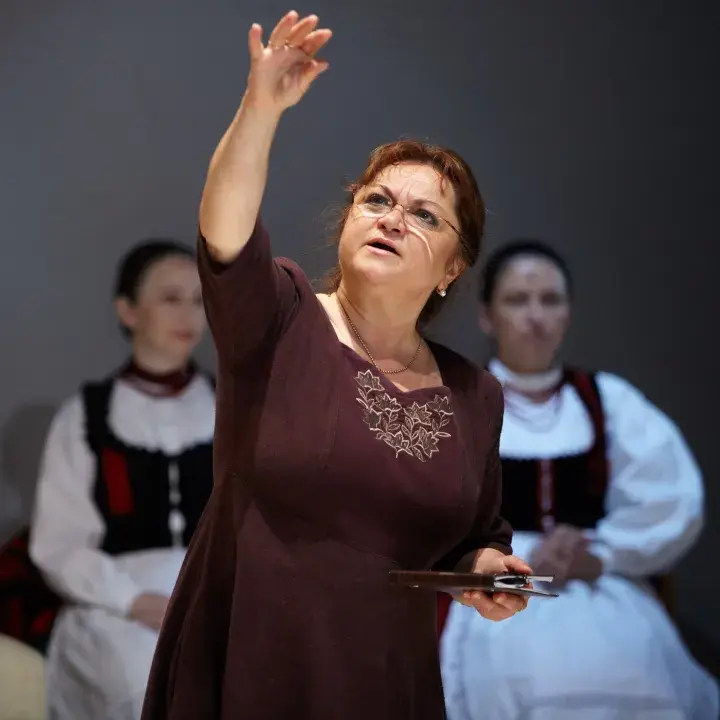Potters sold their wares in various ways. Some travelled from village to village and became known as “village potters”. Often, while the potter stayed at home to work, his wife would travel from village to village, selling everyday pottery—mainly simple, partially glazed crocks and large jugs. The exterior remained unglazed and plain. The light, fireproof pots had only the edge thickly glazed and the inside thinly glazed. The pots were loaded onto a cart, with the sturdier ones placed at the bottom and the larger or flatter ones set on top, cushioned with straw to protect them from breaking on the rough roads.
Another option was going to markets and fairs, and many potters would come from farther away to sell their products there. At the fairs, potters would be given a separate alley, where the place of unloading was determined by a strictly defined order. Potters who regularly went to sell their goods at markets would use more glaze and primarily sold fully glazed pots. They also had higher standards in the choice of clay, so mugs, cups, bowls, plates, and bundt pans also appeared among their products. Potters would come from all pottery centres of the country to these fairs, so the selection was also very large in terms of pottery types.
If you run your hand over the loaf-shaped pots, you can feel the various patterns covering their surfaces. Here, you can touch areas that are glazed or unglazed, incised, pierced, or perhaps decorated with applied ornaments.
The tiles differ both in their material and patterns, presenting an organic, rustic series that ranges from simple to increasingly intricate designs. If you run your hand over them, you might have different sensations. Can you find the odd one out? Is there one that feels unpleasant to you? Can you identify the ones that feel pleasant?
On the display panel, you can also read information about the characteristics of clay and the history of pottery.



